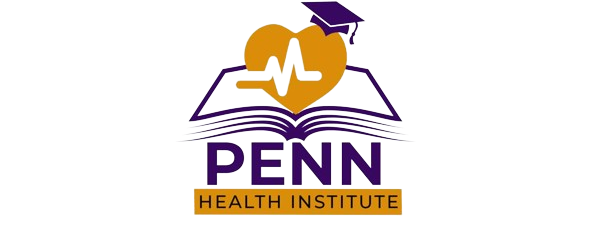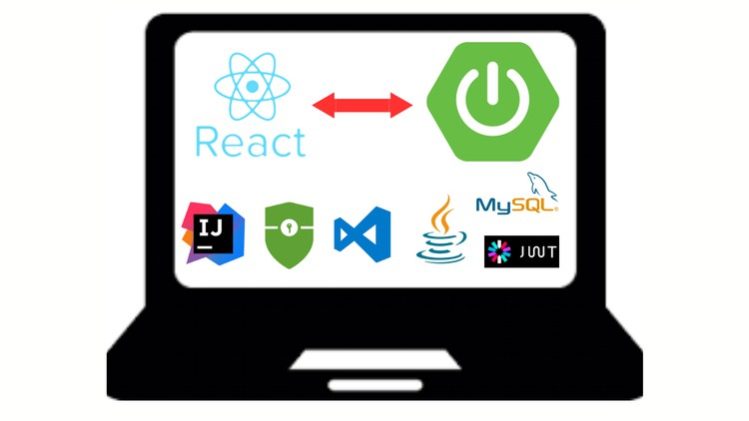In this hands-on project-oriented course, you will dive into the world of full-stack web app development using the powerful combination of Spring Boot and React JS.
In this course, you will build two full-stack web applications (Employee Management System and Todo Management App) using Spring Boot, Spring Security, Spring Data JPA, JWT, React JS, and MySQL database.
In this course, we will use the latest version of Spring Boot (3+), Spring Security (6+), React JS (18+), and MySQL database (8+). We will use modern and popular tools to build full-stack web applications such as IntelliJ IDEA, VS Code, Maven, Postman, NPM, etc.
What is React JS?
-
React JS is a JavaScript library used to build user interfaces (UI) on the front end.
-
React is not a framework (unlike Angular, which is more opinionated).
-
React is an open-source project created by Facebook.
What is Spring Boot?
-
Spring boot to develop REST web services and microservices.
-
Spring Boot has taken the Spring framework to the next level. It has drastically reduced the configuration and setup time required for spring projects.
-
You can set up a project with almost zero configuration and start building the things that actually matter to your application.
Course Topics:
1. React JS Fundamentals
2. Spring Boot Fundamentals
3. Project 1: Employee Management System
-
Build Employee Management Module – Backend Implementation using Spring Boot
-
Build Employee Management Module – Frontend Implementation using React JS
-
Build Department Management Module – Backend Implementation using Spring Boot
-
Build Department Management Module – Frontend Implementation using React JS
-
Style Web Pages using the Bootstrap CSS framework
4. Project 2: Todo Management App
-
Todo Management Module – Backend Implementation using Spring Boot
-
Todo Management Module – Frontend Implementation using React JS
-
Secure REST APIs using Spring Security
-
Build Register and Login REST APIs
-
Implement Register and Login Features in React App
-
Secure REST APIs using JWT (JSON Web Token)
-
Using JWT (JSON Web Token) in React App
-
Style Web Pages using the Bootstrap CSS framework
Tools and technologies used in this course:
Server-side:
-
Java 17+
-
Spring Boot 3+
-
Spring Data JPA (Hibernate)
-
Maven
-
IntelliJ IDEA
-
MySQL database
-
Postman
Client-side:
-
React JS 18+
-
React Hooks
-
React Router
-
Axios
-
Bootstrap CSS framework
-
Visual Studio Code IDE
-
VS Code extensions
-
Node JS
-
NPM





